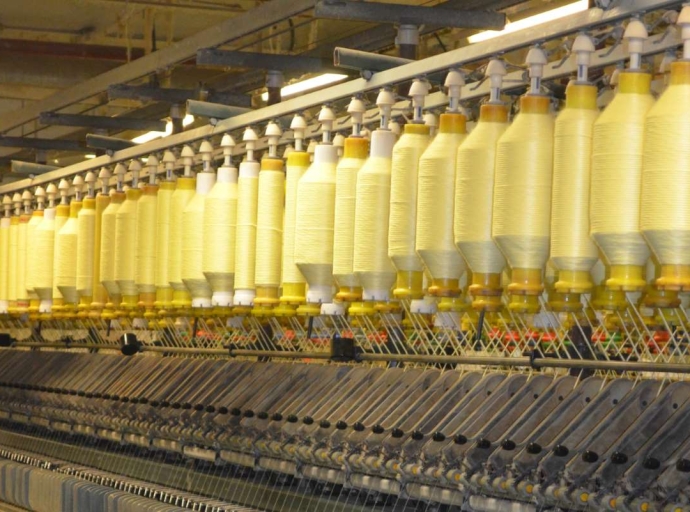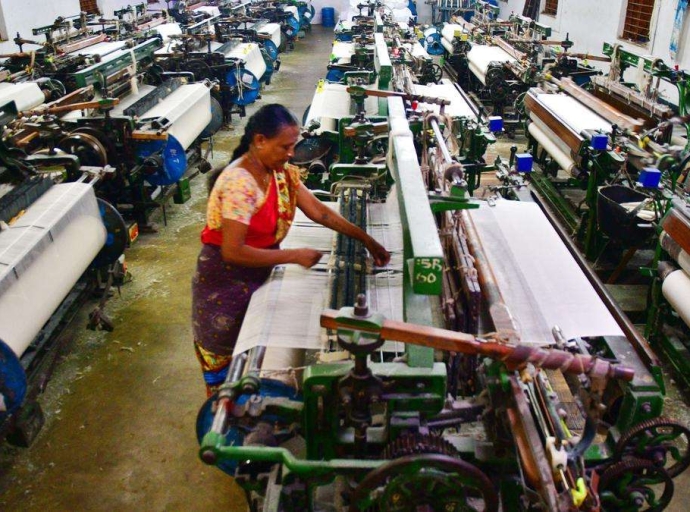15 December 2023, Mumbai
Indian cotton spinners face a tough year, with revenue potential down 13–15% and profits shrinking 250–300 basis points, according to CRISIL Ratings.
This gloomy outlook is fueled by lower yarn demand, higher cotton prices, and depressed yarn prices.
A study of 90 spinning firms, representing 40% of the industry, revealed record-low profit margins—7-8% lower than last year. Yet, CRISIL Ratings maintains that these firms remain financially strong and stable.
The culprit?
A narrowing gap between cotton and yarn prices. Gautam Shahi, a CRISIL director, points to a decline from Rs 100 per kg to Rs 75–80 per kg this year, primarily due to steeper yarn price falls in the first half.
Knitwear and denim manufacturers, key domestic consumers, are tightening their purse strings. This dampens yarn demand, further impacting spinners.
Adding to the woes
The South Indian Mills Association (SIMA) raises concerns about a triple whammy impacting exports:
- 11% import duty on cotton: This hampers yarn competitiveness in global markets.
- High costs of man-made fiber and filament yarns: These pose additional challenges for yarn exports.
- Soaring power costs: These erode the industry's ability to compete domestically and internationally.
Seeking relief, the spinning industry appeals for government support and policy interventions.
Measures to address these challenges are crucial to restoring the sector's health and securing its future.
5 Key Insights :
- Revenue Tumble: Spinners face 13-15% drop in revenue, profits down 25-30%.
- Demand Slump: Lower yarn demand from key consumers like knitwear & denim.
- Price Squeeze: Narrowing gap between cotton & yarn prices hurts margins.
- Export Woes: Triple whammy of import duty, high fiber costs, and soaring power.
- Policy Plea: Industry seeks government support for relief and future revival.


































